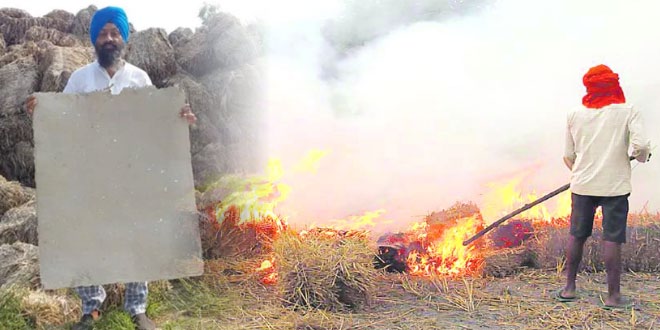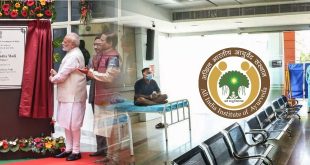Solution to stubble burning: Jalandhar farmer has been making and selling cardboards since 2010
In 2010, after getting training from the Krish Vigyan Kendra, Gurtej Singh had shifted to producing cardboards from paddy straw and stubble.
As per a report in Tribune, it is not only reducing the cost of cardboard production but also helping the environment. The pollution rising from stubble burning reaches the national capital Delhi, and despite several steps taken by the government, the farmers are not stepping away from the practice.
Low production cost and higher profits
According to the Tribune report, Gurtej Singh started a small cardboard business in 2007 with his cousins Biranmol Singh and Paramvir Singh. For three years, they used sludge and sack bags for making cardboard. In 2010, he shifted to using paddy straw as a raw material, which has now become the main ingredient for the cardboards in his factory.
In 2010 he came in contact with Krishi Vigyan Kendra (KVK), where he got the training to use stubble in cardboard manufacturing. Almost every farmer in Kakran Kalan has started supplying paddy straw to Gurtej. In total, he is getting paddy straws from 300 acres of farms. “It gives me satisfaction that I am not contributing to pollution. I am using paddy stubble in the right way,” he said.
Attempts to stop stubble burning
While governments are trying to provide some support to the farmers and develop plans to stop stubble burning completely, some NGOs and organizations have come forward to help farmers get rid of stubble without burning them. In 2019, the Confederation of Indian Industry (CII) initiated projects to stop stubble burning in 10 villages in the Raikot block of Ludhiana district. In 2019, a TERI study claimed that the stubble could be used to produce fuel. Though as per the law the farmers who burn the stubble can be punished under the Air (Prevention and Control of Pollution) Act. Despite measures and awareness campaigns about the harmful effects of stubble burning, it happens every year, directly impacting the air quality in nearby cities.
 Kids Portal For Parents India Kids Network
Kids Portal For Parents India Kids Network







